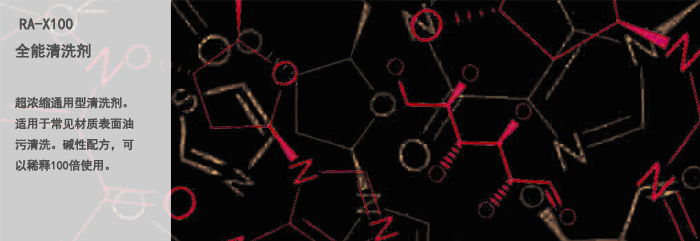部分传统
油污清洗剂对人身的危害体现在哪些方面?
What are the harmful effects of some traditional oil cleaning agents on human body?
1、甲苯:无色透明液体,有类似苯的芳香气味。健康危害体现在对皮肤、粘膜有刺激性,对中枢神经系统有麻醉作用。急性中毒体现在短时间内吸入较高浓度该品可出现眼及上呼吸道明显的刺激症状、眼结膜及咽部充血、头晕、头痛、恶心、呕吐、胸闷、四肢无力、步态蹒跚、意识模糊。重症者可有躁动、抽搐、昏迷。慢性中毒体现在长期接触可发生神经衰弱综合征,肝肿大,女工月经异常等。
1, toluene: colorless transparent liquid, has a similar smell of benzene. Health hazards are manifested in irritation to skin and mucous membranes and anesthetic effects on the central nervous system. Acute intoxication was manifested in a short time with high concentration of the product, which showed obvious irritation in the eye and upper respiratory tract, hyperemia of the conjunctiva and pharynx, dizziness, headache, nausea, vomiting, chest tightness, weakness in the limbs, staggering gait, blurred consciousness. Severe patients can be restless, convulsive, and coma. Chronic poisoning manifests itself in long-term exposure to neurasthenia syndrome, hepatomegaly, and abnormal menstruation among female workers.
2、三氯乙烷:用于超声波机器清洗和手工清洗,还可用作干洗剂及金属表面的脱油剂。它是一种无色不燃烧液体,有似氯仿气味。有毒!吸入低剂量可引起类似于酒精样的酒醉;高剂量有麻醉作用,严重时可导致死亡。
2, three chloroethane: used for ultrasonic machine cleaning and manual cleaning. It can also be used as dry cleaning agent and deoiling agent on metal surface. It is a colorless and non burning liquid with chloroform like odor. Poisonous! Inhalation of low doses can cause alcoholism similar to alcoholism. High doses of anesthetic can cause death in severe cases.
3、甲醇:对人体有低毒,因为甲醇在人体新陈代谢中会氧化成比甲醇毒性更强的甲醛和甲酸(蚁酸),因此饮用含有甲醇的酒可引致失明、肝病、甚至死亡。误饮4毫升以上就会出现中毒症状,超过10毫升即可因对视神经的永久破坏而导致失明,30毫升已能导致死亡。
3, methanol: low toxicity to the human body, because the methanol in human metabolism will be oxidized to more toxic formaldehyde and formic acid than methanol (formic acid), so drinking alcohol containing methanol can lead to blindness, liver disease, and even death. More than 10 milliliters can cause blindness due to permanent damage to the optic nerve, and 30 milliliters can lead to death by drinking more than 4 milliliters.


